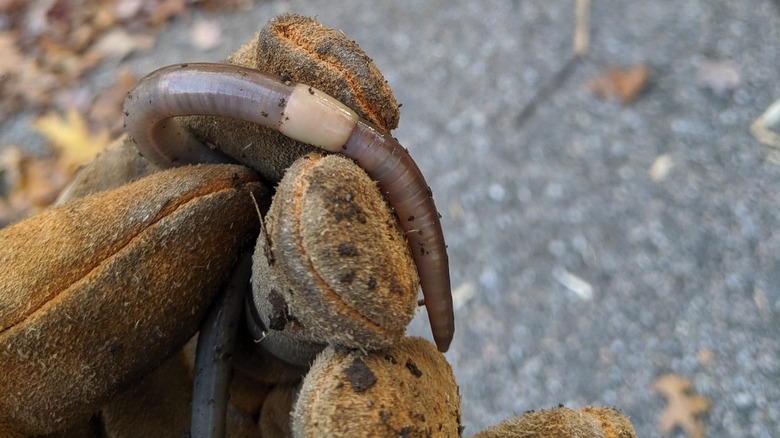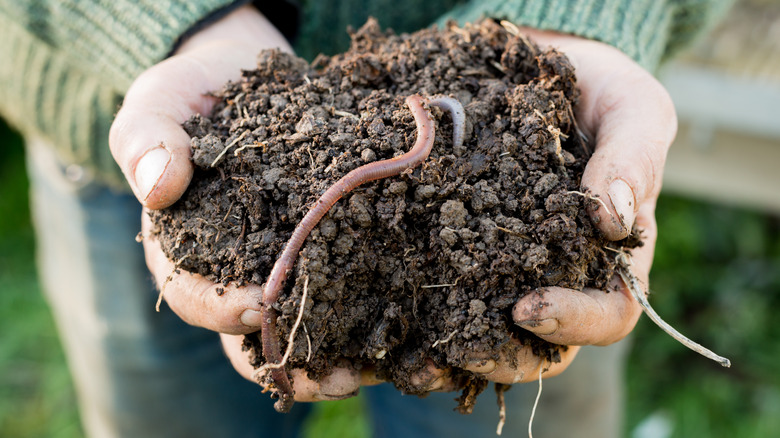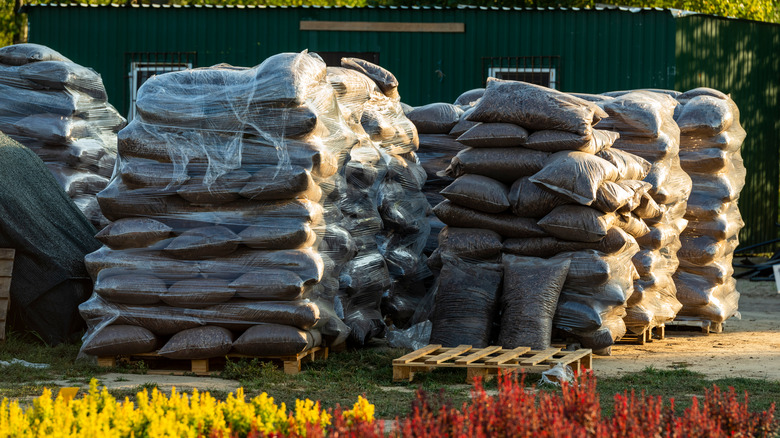Jumping Worms: How To Spot This Invasive Species Before It Is Too Late
Worms are generally viewed as gardeners' best friends, thanks to the wiggly creatures' reputation for improving soil aeration and fertility. While that's certainly true for some types of worms, invasive jumping worms are anything but good news. They not only damage the soil structure and increase run-off, but they can even damage plant roots. It's best to prevent jumping worms from invading your garden in the first place, but if they do sneak in, early identification and action can stop them before they become a major problem for your plants.
Ignorance isn't bliss when it comes to jumping worms; the sooner you know if they have invaded your yard, the sooner you can work on dealing with them and avoid spreading them to other locations. One of the first signs you may notice is that your soil's texture is looking more and more like coffee grounds. This is thanks to the castings (waste) that the jumping worms excrete. If you notice soil changes, then it may be time to check for worms. Jumping worms live near the soil surface and feed on mulch and leaf litter, making them relatively easy to locate.
Identifying invasive jumping worms
Jumping worms wiggle in a snake-like way and will literally jump when disturbed. Their tails can also break off and continue wiggling if they are threatened. Another excellent way to identify jumping worms is by looking at their clitellum,which is the thick raised band that adult worms have for reproduction. On a jumping worm the clitellum is a pale off-white color and goes all the way around the worm's body. This is different from European earthworms like nightcrawlers, whose clitellum does not fully encircle their bodies and is described as more saddle-like.
While it may be easy to assume that the issue with jumping worms is that they aren't native to North America, it's more complex than that. Most worms in North America are not actually native and some areas, including Minnesota and most northeastern states, haven't had any native worms since at least the last Ice Age. While earthworms are often found in gardens in these areas, where they decrease soil compaction and improve soil fertility, in woodland areas their ability to quickly eat through leaf litter actually results in fewer native plant species like trout lilies and trilliums. While all non-native worms can have a detrimental impact on natural spaces and species that have adapted to worm-free environments, Asian jumping worms (Amynthas spp.) have an especially outsized impact, leading to states including Minnesota, Wisconsin, and New York listing them as a prohibited invasive species.
Preventing and eliminating jumping worms
Once jumping worms have moved into your yard or garden there are no easy ways to remove them, and no pesticides have been approved against jumping worms. While birds may seem like a natural pest control option for jumping worms, many will not eat the worms and will even spit them out. The best option for gardeners who are dealing with jumping worm invasions is to simply dispose of the worms in the garbage. Therefore it's essential to avoid inadvertently introducing jumping worms into your yard in the first place.
Some of the most common ways you can accidentally end up with these worms include buying plants with contaminated soil, sharing garden tools that weren't sanitized, and purchasing compost that wasn't heated enough. If you are concerned about mulch, compost, or other gardening products, you can try heating them up to at least 105 degrees Fahrenheit as this should destroy all worms and eggs. The Minnesota Department of Natural Resources also recommends purchasing compost from a company that certifies that it follows a "process for further reducing pathogens." If you want to start worm composting or regularly buy worms for fishing, be sure to inspect them thoroughly and ensure no jumping worms are mixed in. Using caution and thoroughly examining anything you bring into your yard should go a long way towards protecting your area from jumping worms.


